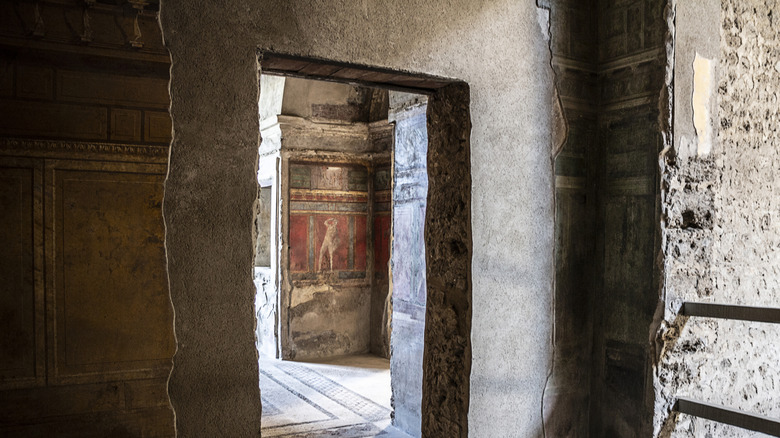The Fascinating Story Behind Pompeii and the National Archaeological Museum of Naples
If you’re planning a trip to Italy, you might be wondering whether Pompeii is worth visiting or just another tourist trap. According to travel expert Rick Steves, exploring Europe’s ancient sites offers a unique way to connect with history without needing to go back to school. He strongly recommends including a visit to Pompeii on your itinerary. Thanks to the volcanic eruption that preserved it, the city remains frozen in time, offering an unmatched glimpse into life in an ancient Roman town. From its grid-like street layout to villas, homes, commercial buildings, public baths, and vibrant frescoes, the ruins are remarkably intact.
However, Steves emphasizes that no visit to Pompeii is complete without also stopping at the National Archaeological Museum of Naples (MANN). This museum houses some of the most intriguing artifacts from the region, including the famous Secret Room, which provides a candid look at the tastes and culture of the ancient Romans.
The Secret Room: A Glimpse Into Ancient Roman Life
The colorful frescoes in the Secret Room offer a rare and unfiltered view of the lives of wealthy Pompeiians. These artworks were so explicit that they were considered too provocative for the delicate sensibilities of Italians during the Romantic period when they were first discovered. As Steves explains, the pieces were so bawdy that they could only be viewed with permission from the king when they arrived in 1819. It took nearly 200 years before the museum allowed the public to see them. The room was finally opened to the public in 2000, with an updated display that “exhaustively illustrates the different aspects of sexuality in the ancient world.”
The Secret Room contains more than just paintings. It includes over 250 suggestive banquet furnishings, phallus-shaped street decorations, and other erotic objects. New discoveries continue to add to the collection. One Reddit user in the r/Archaeology subreddit noted after the 2024 discovery of additional frescoes, “The more we learn about Pompeii, the more it feels like the Spring Break vacation town of the Roman Empire.”
The History Behind the Collection
Many of the erotic frescoes and movable artifacts from Pompeii ended up in Naples after their discovery, thanks to King Ferdinand IV. He gathered the best finds from both Pompeii and Herculaneum, another town destroyed by Mount Vesuvius, creating what is now one of the world’s greatest museums of ancient art. Although the Secret Room is listed on the museum’s website and marked on guided tours, a barred gate serves as a subtle warning of the room’s contents—especially for those traveling with children.
For those who are curious enough to explore, Steves says the statues and frescoes in the Secret Room provide insight into the tastes and entertainment of wealthy Pompeiians. These pieces were often commissioned to impress guests, ranging from humorous to erotic to “simply beautiful,” as he puts it. But he adds with a wink, “You’ll have to come here in person to actually see that.”
A More Complete Picture of Pompeii
A visit to the National Archaeological Museum of Naples offers a more comprehensive understanding of the once-thriving city of Pompeii. The contrast between the museum’s exhibits and the ruins themselves is striking. While the ruins show the city’s streets, plazas, and plaster casts, the museum reveals the daily life, art, and culture of its inhabitants.
The museum is conveniently located just a 30-minute drive from Pompeii, easily accessible via the Campania Express train, the Circumvesuviana commuter train, or shuttle buses that run between the city and its archaeological sites.
Naples may not be as dirty or dangerous as some online sources suggest, but it’s a far cry from the ancient fast-food counters, streets, and plaster casts that make up the ruins of Pompeii.
Ready to uncover more hidden gems and expert travel tips? Subscribe to our free newsletter for access to the world’s best-kept travel secrets.



